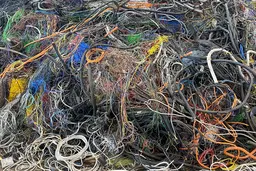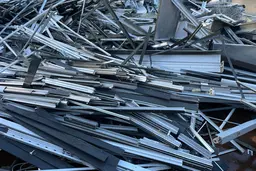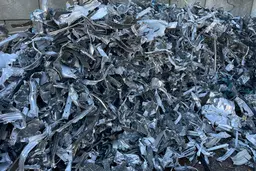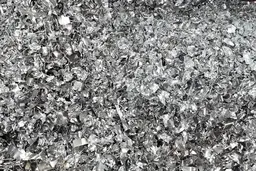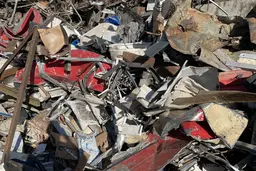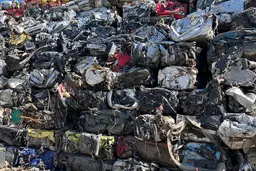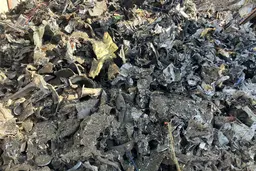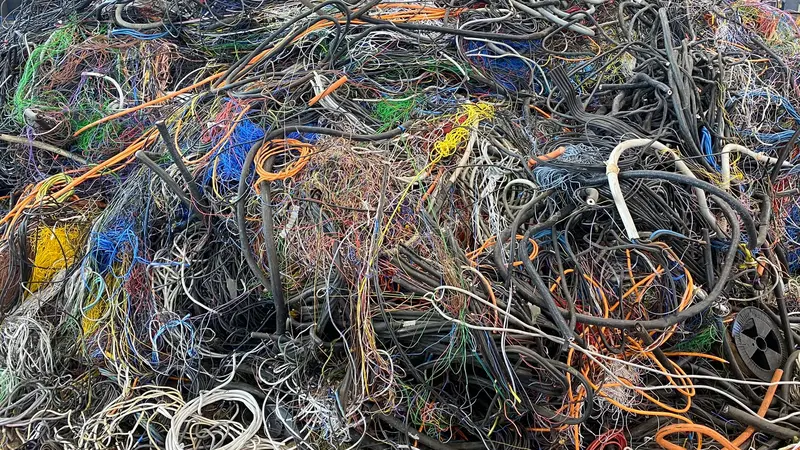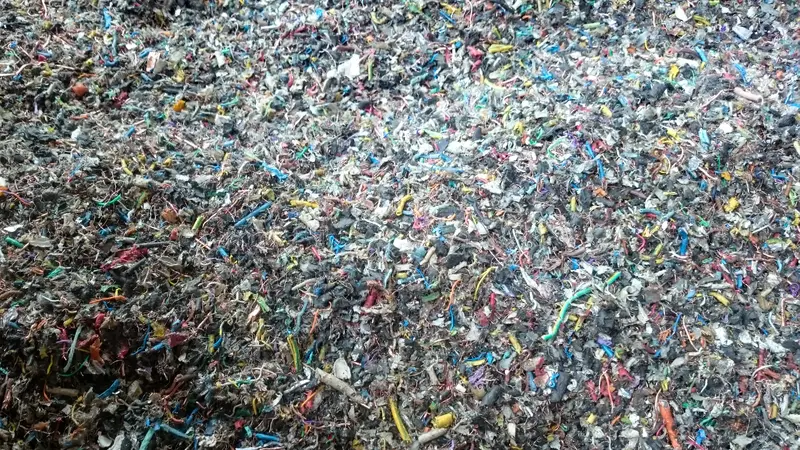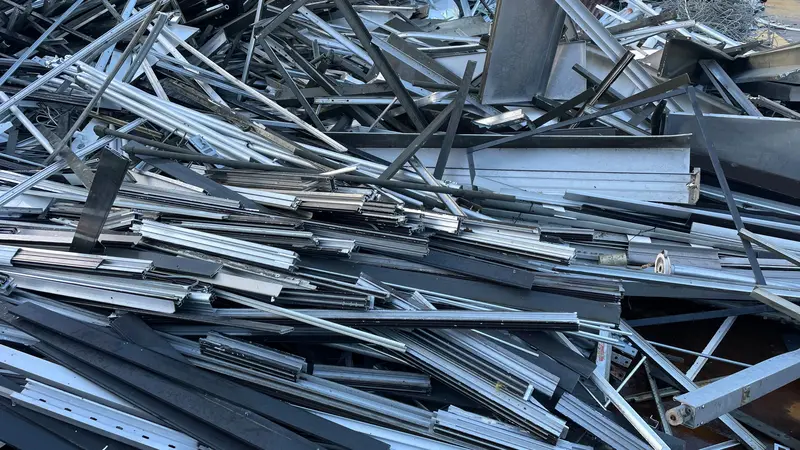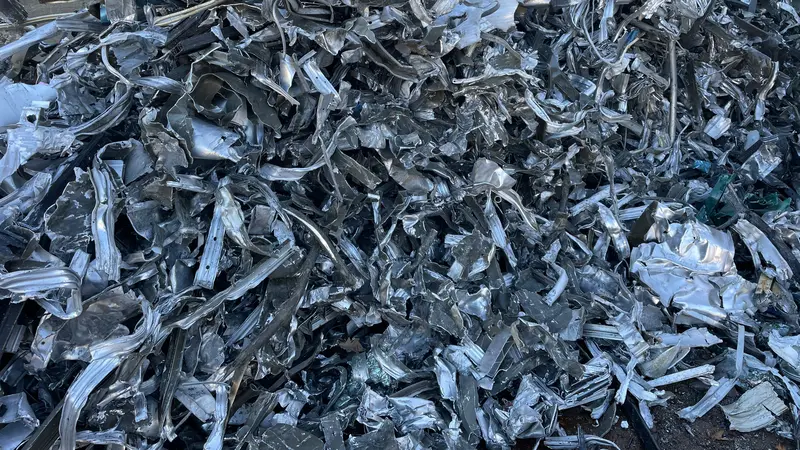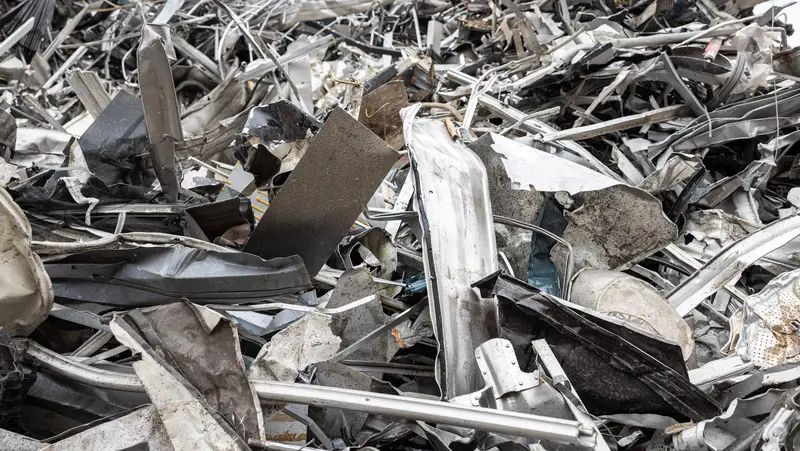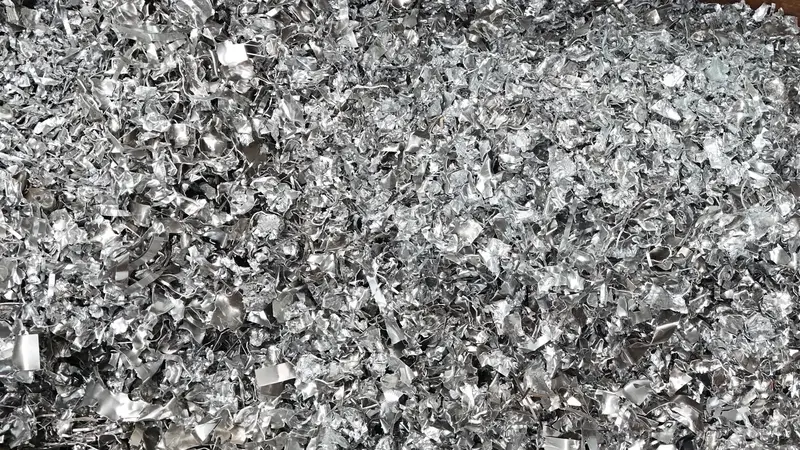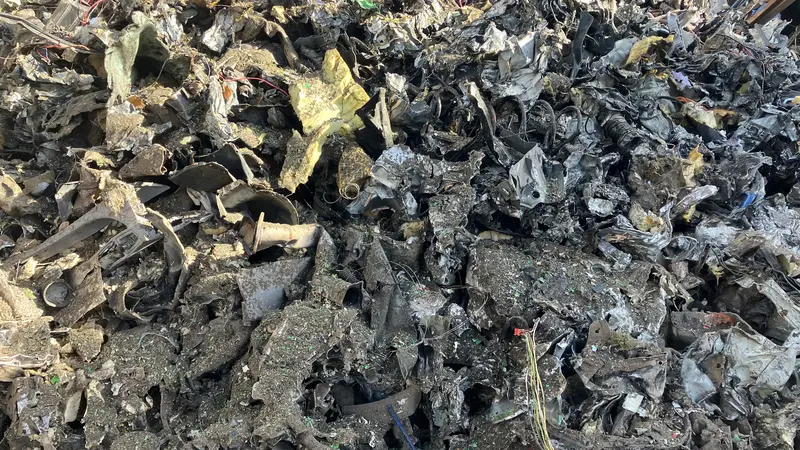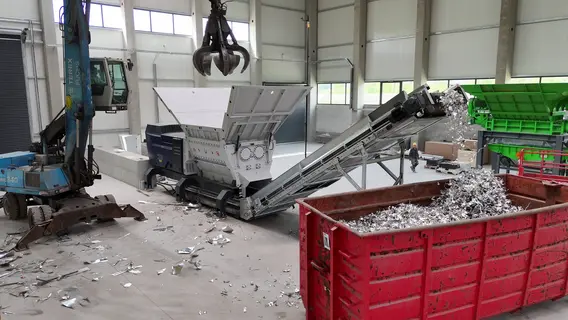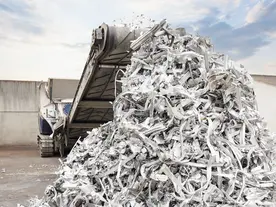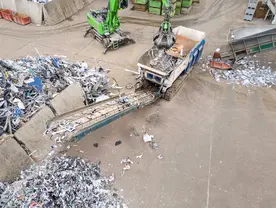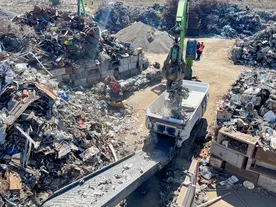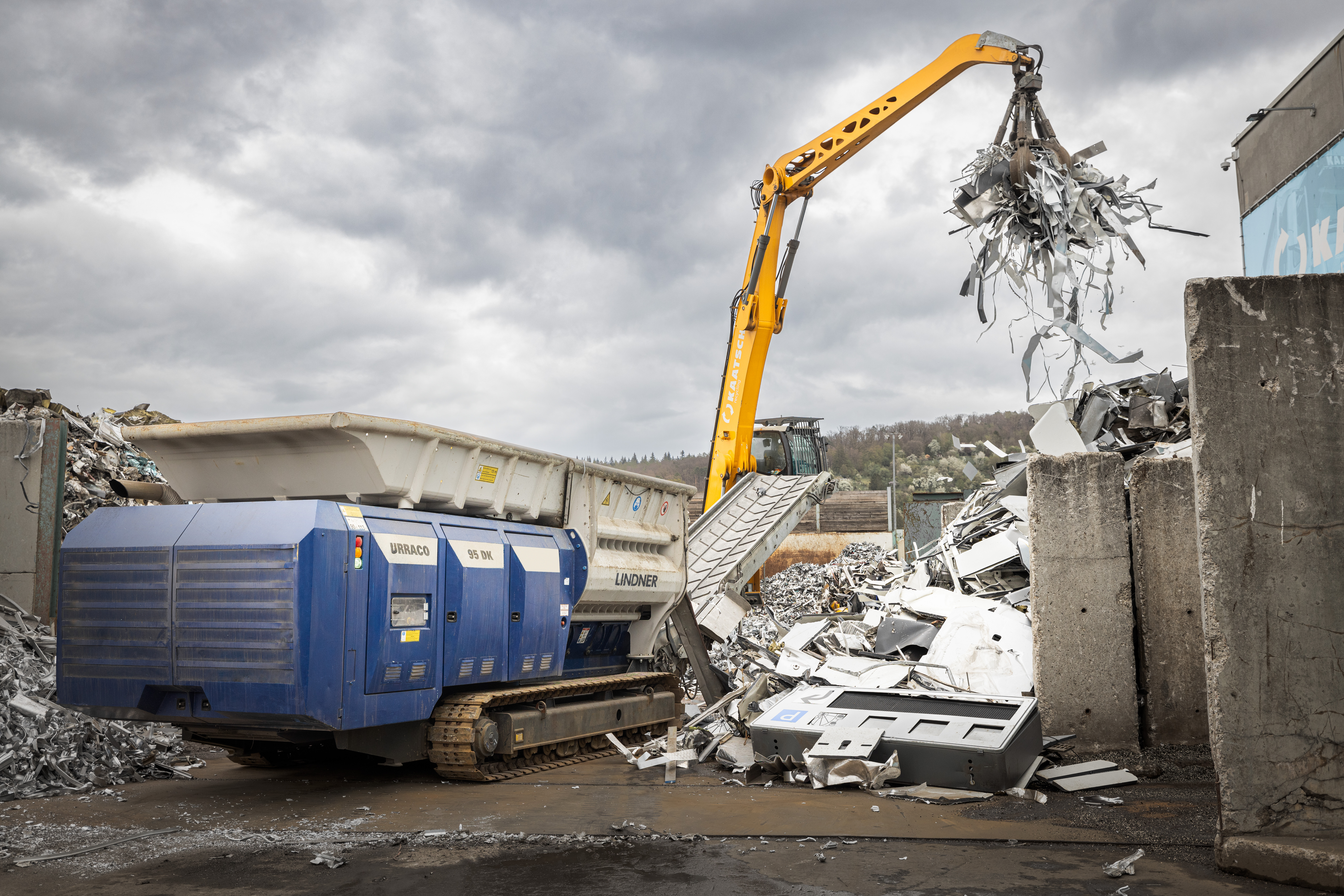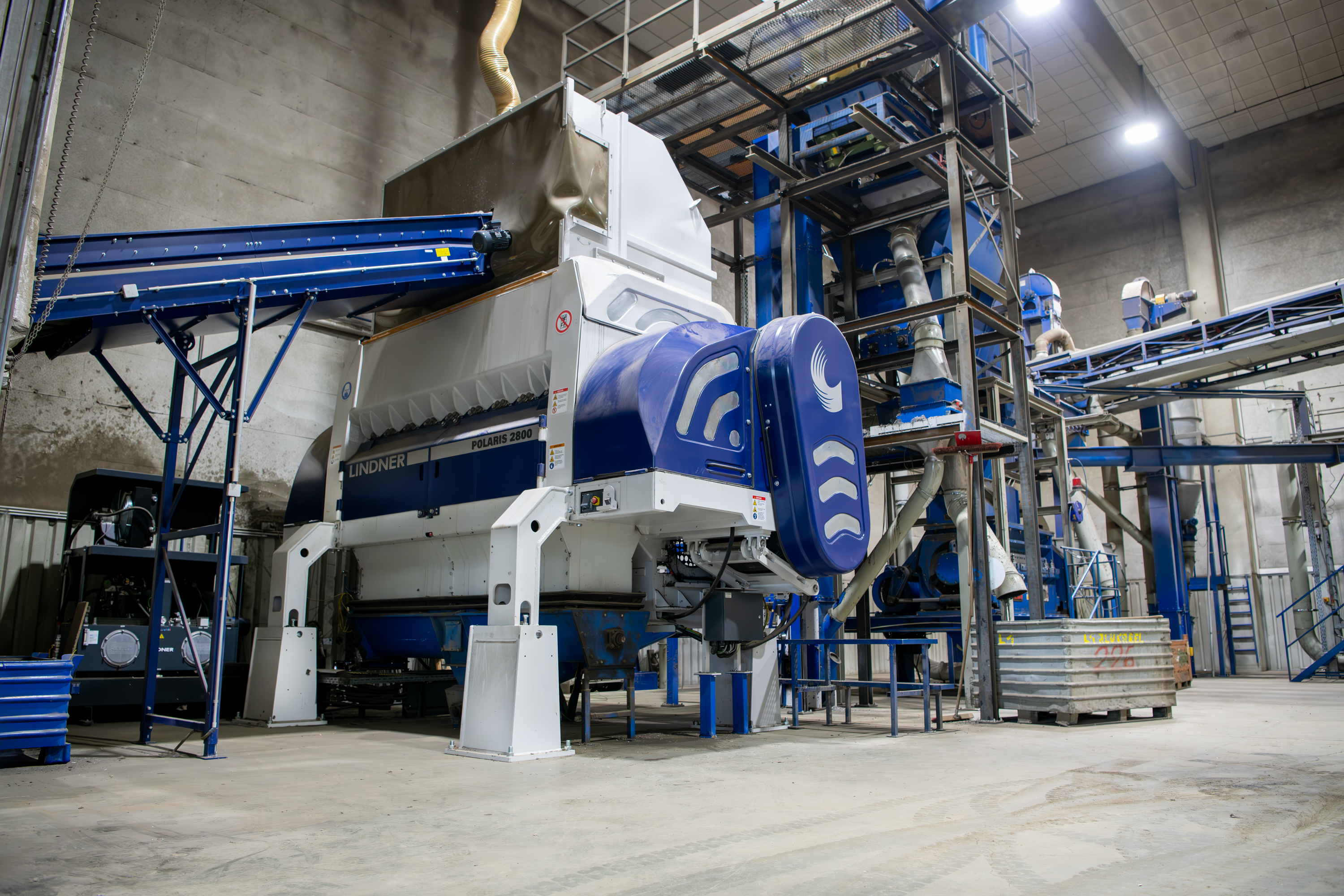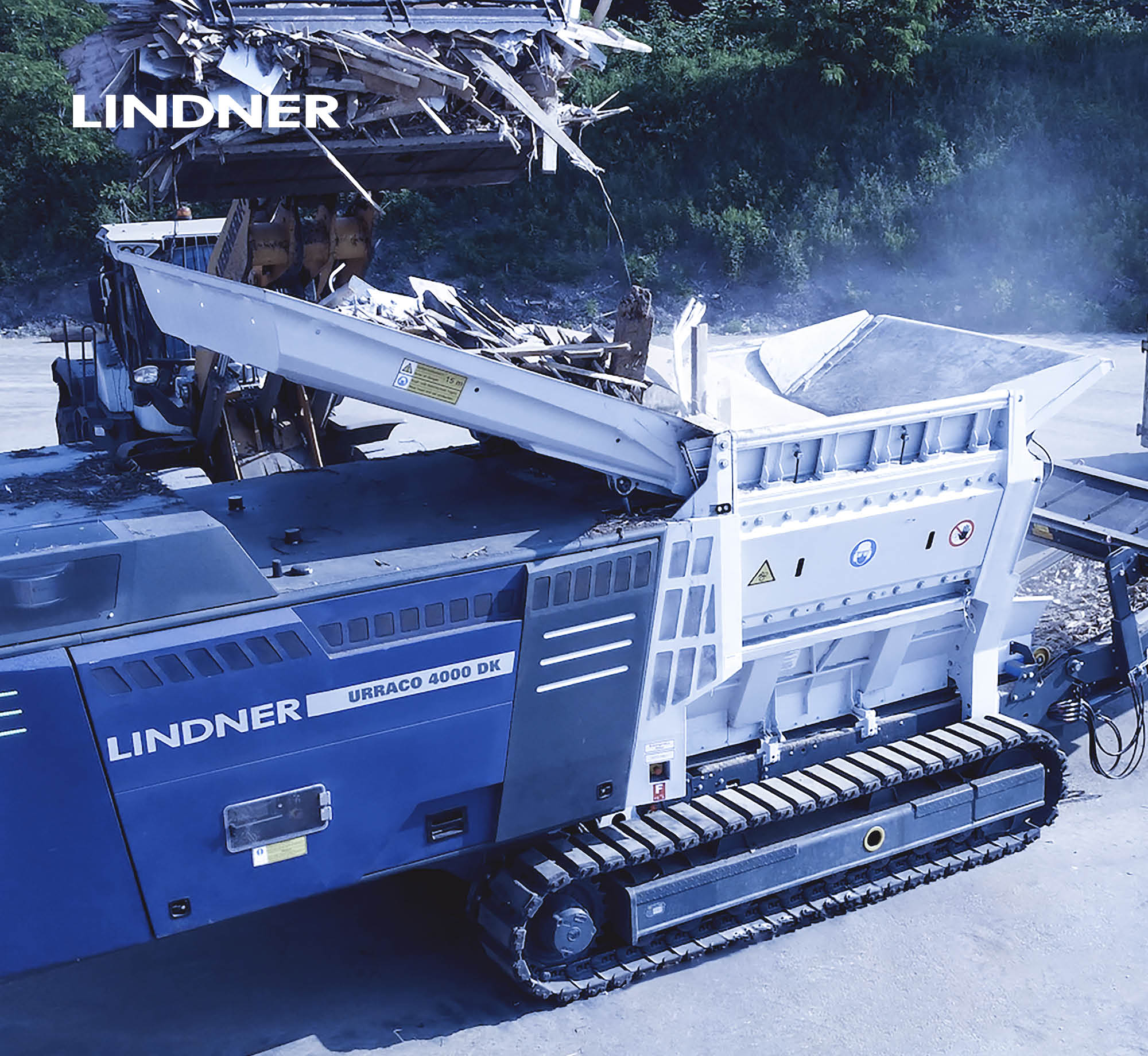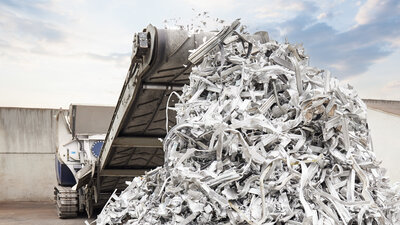
Brilliant Performance.
Hard Currency.
When processing light scrap such as scrap iron, sheet metal, aluminium profiles, old cables and electronic scrap, the focus is on the shredder. Metals and old cables are particularly resistant and durable during the shredding process. Bulky and long metal parts are converted into a sortable product that takes up significantly less volume. The end product can be reintroduced directly into the cycle or subjected to further processing, including melting.
Single-Shaft or Twin-Shaft Technology
The choice between single-shaft or twin-shaft technology depends on various factors, including the starting material, the desired grain size of the end product and its intended use. The Lindner Urraco and Alcor series twinshaft cutting systems offer an outstanding increase in efficiency with a grain size of 250 to 350 mm, especially if a hammer mill is used in the next step. When recycling aluminium sheets and aluminium profiles with a thickness of 1-2 mm, single-shaft shredders are also used for moderate contamination. This is particularly the case when high throughputs and a defined grain size <100 mm are required. In cable recycling, cables are mostly shredded in a two-step process to achieve a homogeneous and defined grain size of <60 mm and to break up the plastic coating. This allows for easy separation of the copper wires and plastic components in subsequent processes.
Connect With Us
Need answers about applications or particle sizes? Reach out today - our specialists are ready to provide support. Together, we'll uncover your perfect solution.
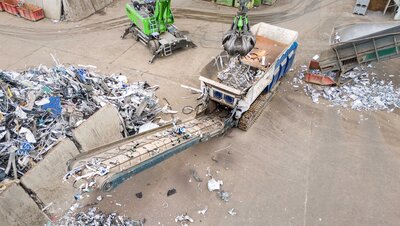
PROVEN ADVANTAGES OF THE MOBILE & STATIONARY 2-SHAFT CUTTING SYSTEM
- Increased overall efficiency of the post hammermill processing
- Increased throughput of the customers post processing
- Protection from non-shreddables entering the customers Hammermill
- Protection from propane tanks / explosive items from entering the hammermill
- Reduced wear and maintenance on the hammermill
- Reduction of unplanned downtime events with hammermill operation

OPTIMIZED OUTPUT
When recycling scrap metal, the first step in the process is to reduce the volume. This leads to an increased bulk density and thus to better yields in the next step. Lindner’s mobile shredders cut and crush the materials at the same time with their twinshaft cutting systems, which additionally break up mixed materials such as aluminium-iron or aluminium- plastic compounds to obtain the ideal particle size for subsequent sorting. This is an essential step because the source material’s purity is crucial for subsequent recycling.
Input & Output Materials
